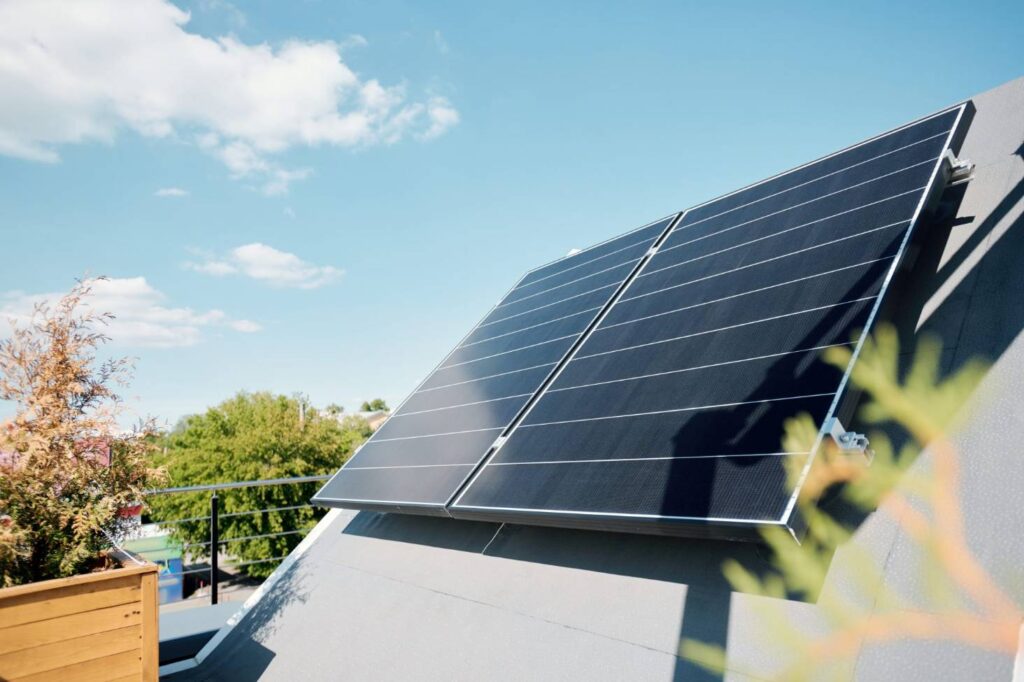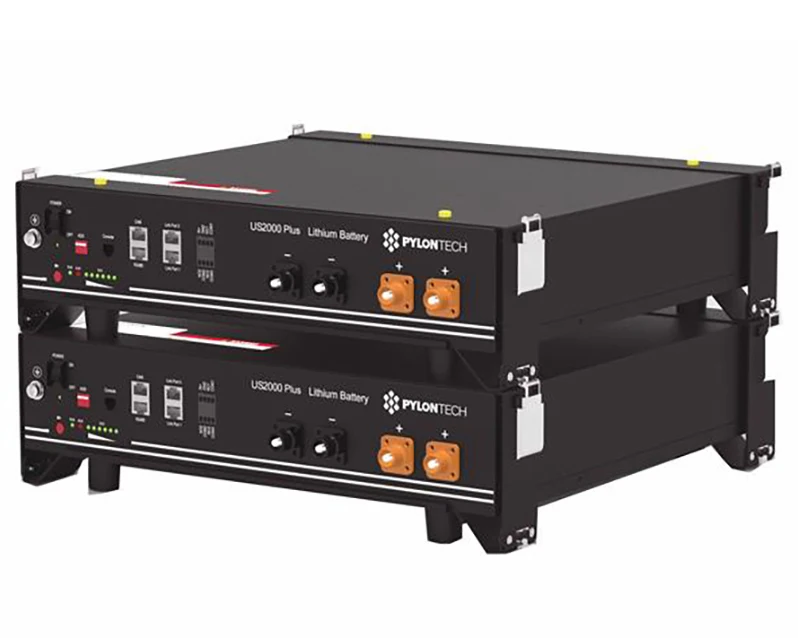Since my first attempt at solar, I have learnt a few things and several new bits of tech have been introduced into the market. Some of the new tech include; all-in-one inverters, bigger “better” batteries, shingled solar panels and micro-inverters…

New Parts
An all-in-one solar inverters can include the following functions in a single device;
- Solar Controller – MPPT (2x string inputs)
- Inverter – Converts DC (48v) to AC (pure sine wave @230v, 50 hertz)
- Battery Charger –
- from Grid (AC -> DC)
- from Solar Panels (DC -> DC)
- ATS / Line mode – Flicks over to Grid if solar or batteries are low
- BMS, Timers and Controls – Can program battery types, priorities and timers depending on how you want to power your loads and utilize your batteries.
- Stats / Alerts – WIFI enabled

I have committed to an 8kW PV all-in-one inverter. My house doesn’t have a north-facing roof, but it has a NE and NW facing roof which isn’t too bad, the bonus of having 2 string feeds on the inverter means that each side of the roof will act independently without dragging down the total power output.
I’m currently running a few lead-acid batteries on my solar. I’ve been in two minds about whether I continue with batteries or go with a hybrid system that effectively uses the grid as a battery. I ended up deciding to go with batteries one last time, here in NZ the solar rebate is not really worth the effort of exporting – we typically get wholesale prices which can be 1/3 of the cost of power. I’ve also been pretty excited about how quickly the new LiFePO batteries can charge and discharge, so I’ve committed to a couple of 48v PylonTech batteries in a stack, totaling 7kWh.

They can peak at 100A (15s) but the recommended rate is 37A each. At 48v this will give me a charge / discharge power rate of 3.55kW (37A x 48V x2) in total. In some cases it may be beneficial to charge with cheaper off-peak power from the grid.
Singled solar panels are pretty nice, with more surface area and better resiliency. I found a 480W mono Hyundai panel which I’ll use to build 2 strings of 4 panels. In total, this gives me 3.84kW (480W x 4 x 2)

In terms of power, for my next venture I decided to stay with the more traditional DC solar panels. There is however another choice thanks to the introduction of micro-inverters. These little devices convert power on each panel direct to AC, which includes several advantages; higher voltage, operate in parallel (independent of other panels). Each also has its own sensors if you want to see stats!
The next sections – powering things, ROI, the build, safety